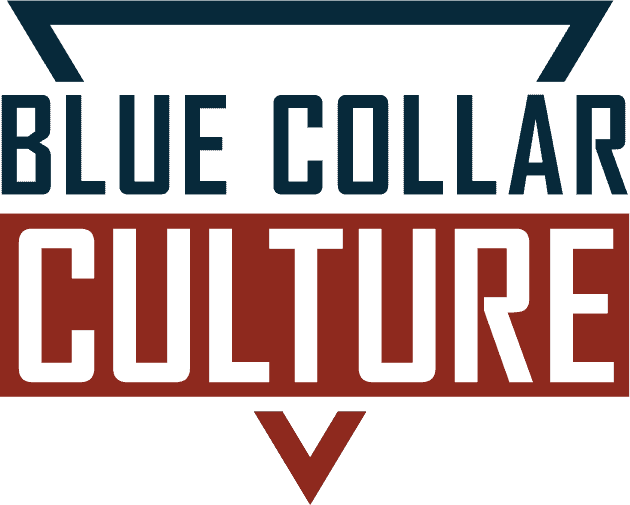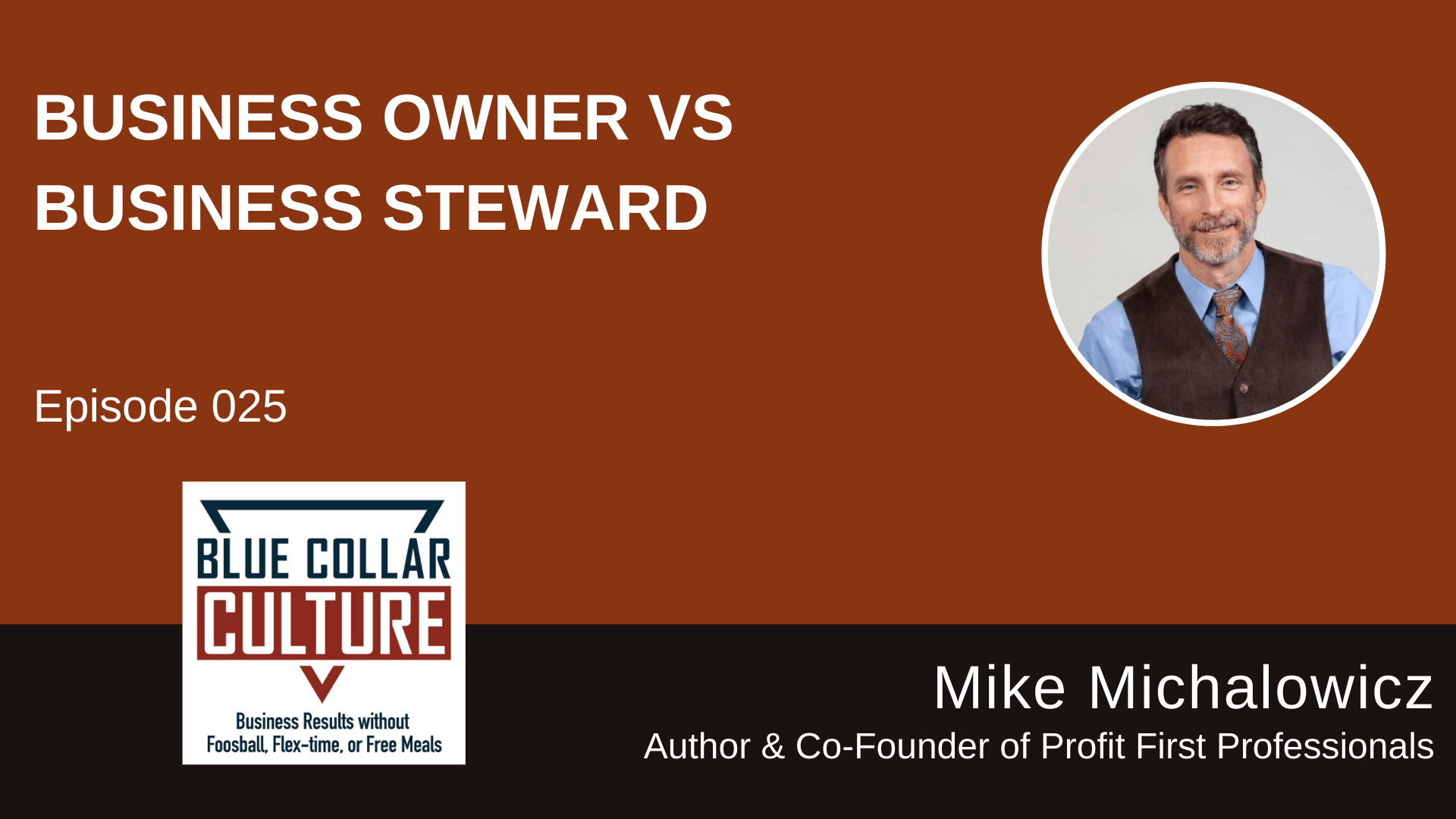On this week’s episode of the Blue Collar Culture Podcast, we speak with special guest Mike Michalowicz. Mike is an entrepreneur, lecturer, and author of seven books, including Clockwork, The Pumpkin Plan, and Profit First. He is also the founder of Profit First Professionals, an organization designed to support accountants, bookkeepers, and other financial professionals to substantially differentiate themselves in the market, and co-founder of Provendus Group, a business growth consultancy.
“It’s a myth that it takes money to make money,” says Mike. “It’s actually the opposite. When I had no money I was far more innovative— I challenged industry norms so much more. But, when I had an infusion of capital, I seemed to find ways to spend it really, admittedly, to satisfy my ego, I justified the big office and the nice car for sales and all that stuff. None of that stuff was true. So it’s ironic, it does not take money to make money, I think actually it takes the lack of money to be innovative, and when you’re innovative, you make a lot of money.”
We chat more about the biggest myths around running a business, as well as:
- What it means to “sell the tell”
- Common things that hold a business back from progress after launch
- Determining your biggest challenges as a business owner
- The business hierarchy of needs
- And more
Listen now…

